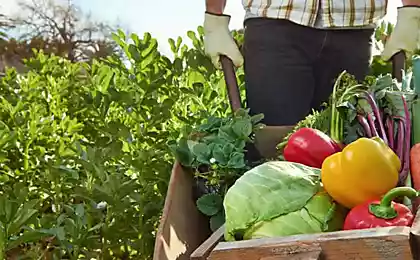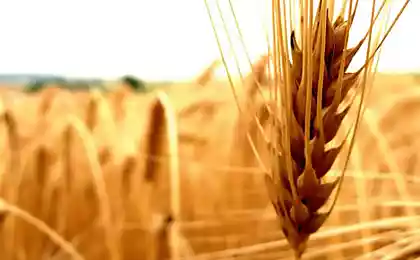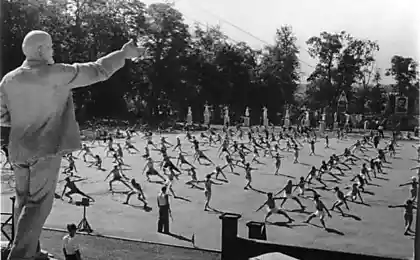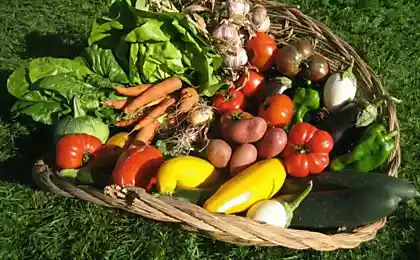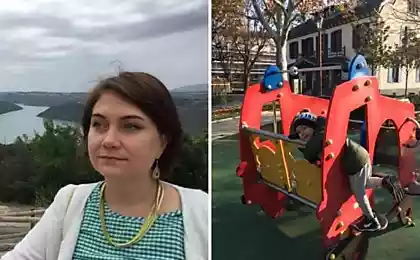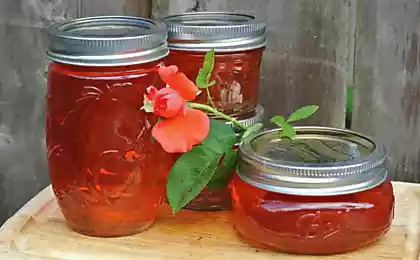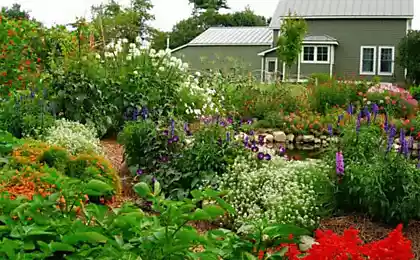418
Scientists: the lessons of physical education can be replaced by gardening
It turns out that "occupational therapy" in the garden also useful as a school exercise. Because of physical stress in the process of cultivation, plant care and harvest commensurate with those which children usually take in school physical education classes. To such conclusion the South Korean scientists who published the results of their work in the edition of HortTechnology. The purpose of the experiment was to record how much load the children get working in the garden. As well as set the intensity of different types of gardening.
The scientists classified the types of garden works, depending on their complexity
Scientists from South Korea have used in their study, the 17 students who were asked to practice ten types of work. Among the proposed tasks were traditional vegetable classes: dig, work, rake, weed the weeds, cultivate the soil, loosen the soil, sow seeds, harvest, water, fertilize soil, to plant the trees. The experiment was conducted in two sites: in an enclosed space and outdoors.
Children who participated in the study, came to work in the garden in two steps. During each visit, the child was asked to perform five tasks. The work party was that within five minutes to engage in a certain type of garden activities. Then he was given a five-minute break and a new job.
Scientists are not just followed the speed or efficiency of the job. The main aim was to document how a particular type of load affects the children. The intensity of physical exercise was measured with the portable calorimeters, they also measured heart rate of each participant.

Shovel or a dumbbell? Work in the garden as an alternative school physical education
As a result, the types of horticultural activities were classified according to their complexity and impact on the body. So work with a shovel or rake has been identified as the work of "high intensity". Moreover, the digging of the earth was considered to be the most time consuming task in comparison with all the other activities. But the weeding, harvesting, tillage and the rest of the remaining eight variants of labour in the garden were evaluated as "moderately intense" physical activity.
According to experts, the use of the conducted research is that on its basis it is possible to develop a program of "physical education garden" for children. This kind of activity like gardening can and should be of interest to children who follow an active lifestyle. Moreover, it can successfully replace physical education classes that are held at school.
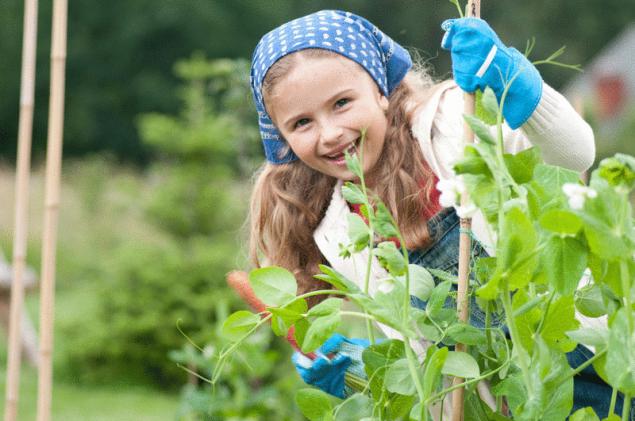
Noteworthy is the fact that gardening is a great opportunity to obtain physical activity for those children who lag behind in regular physical education classes in school. And, weeding the garden, students can not achieve the worst result in terms of physical development, than doing crunches or running cross.
Source: babyreporter.eu
The scientists classified the types of garden works, depending on their complexity
Scientists from South Korea have used in their study, the 17 students who were asked to practice ten types of work. Among the proposed tasks were traditional vegetable classes: dig, work, rake, weed the weeds, cultivate the soil, loosen the soil, sow seeds, harvest, water, fertilize soil, to plant the trees. The experiment was conducted in two sites: in an enclosed space and outdoors.
Children who participated in the study, came to work in the garden in two steps. During each visit, the child was asked to perform five tasks. The work party was that within five minutes to engage in a certain type of garden activities. Then he was given a five-minute break and a new job.
Scientists are not just followed the speed or efficiency of the job. The main aim was to document how a particular type of load affects the children. The intensity of physical exercise was measured with the portable calorimeters, they also measured heart rate of each participant.

Shovel or a dumbbell? Work in the garden as an alternative school physical education
As a result, the types of horticultural activities were classified according to their complexity and impact on the body. So work with a shovel or rake has been identified as the work of "high intensity". Moreover, the digging of the earth was considered to be the most time consuming task in comparison with all the other activities. But the weeding, harvesting, tillage and the rest of the remaining eight variants of labour in the garden were evaluated as "moderately intense" physical activity.
According to experts, the use of the conducted research is that on its basis it is possible to develop a program of "physical education garden" for children. This kind of activity like gardening can and should be of interest to children who follow an active lifestyle. Moreover, it can successfully replace physical education classes that are held at school.

Noteworthy is the fact that gardening is a great opportunity to obtain physical activity for those children who lag behind in regular physical education classes in school. And, weeding the garden, students can not achieve the worst result in terms of physical development, than doing crunches or running cross.
Source: babyreporter.eu
Scientists create a generator on your wrist
Designer Herman Miller has created fashionable chair made of safe fiberglass
